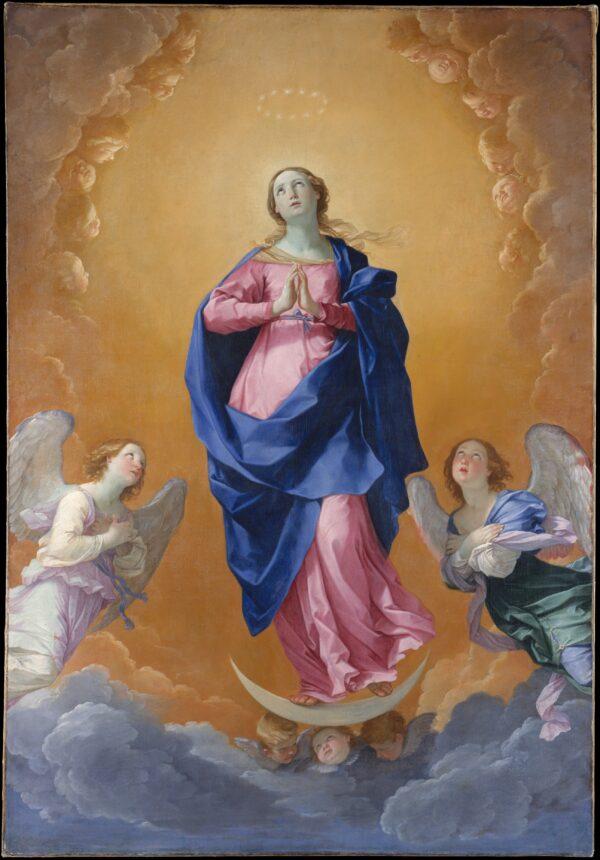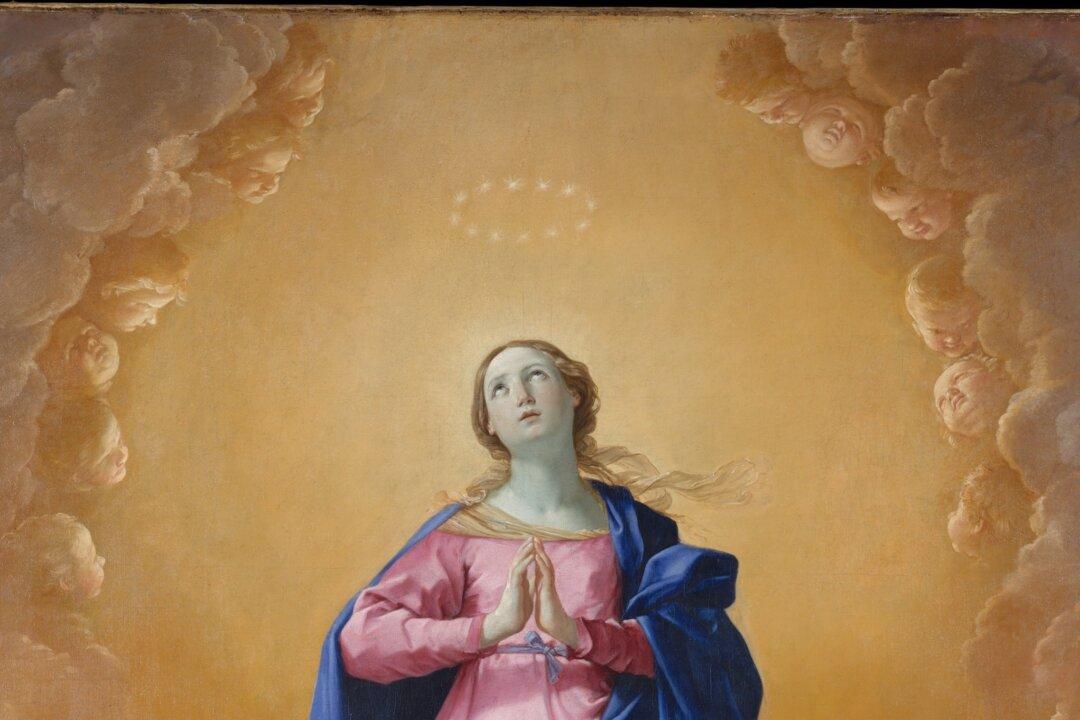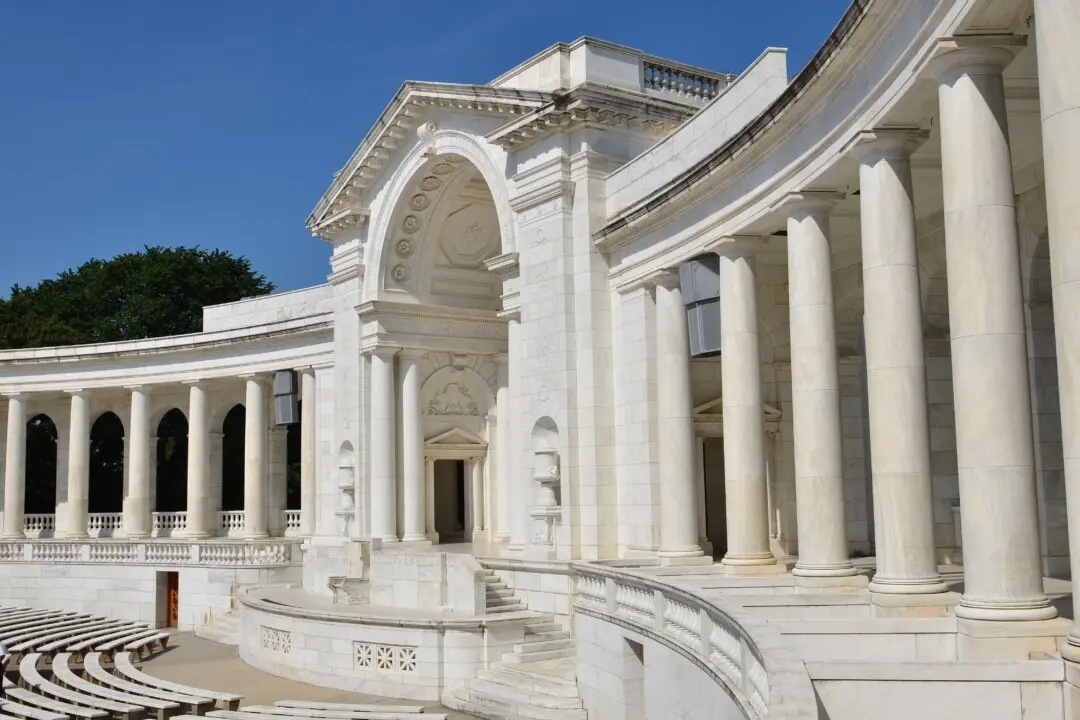Divine beauty, purity, and light emanate from 17th-century Italian painter Guido Reni’s work “The Immaculate Conception,” wherein the Virgin’s every gesture reveals her pious heart. She tilts her head and gazes adoringly up to God, while gently clasping her hands together in prayer. You can almost hear the chorus of angels singing among the clouds in adulation.

"The Immaculate Conception," 1627, by Guido Reni. Oil on canvas; 105 1/2 inches by 73 inches. Victor Wilbour Memorial Fund, 1959; The Metropolitan Museum of Art, New York. Public Domain






